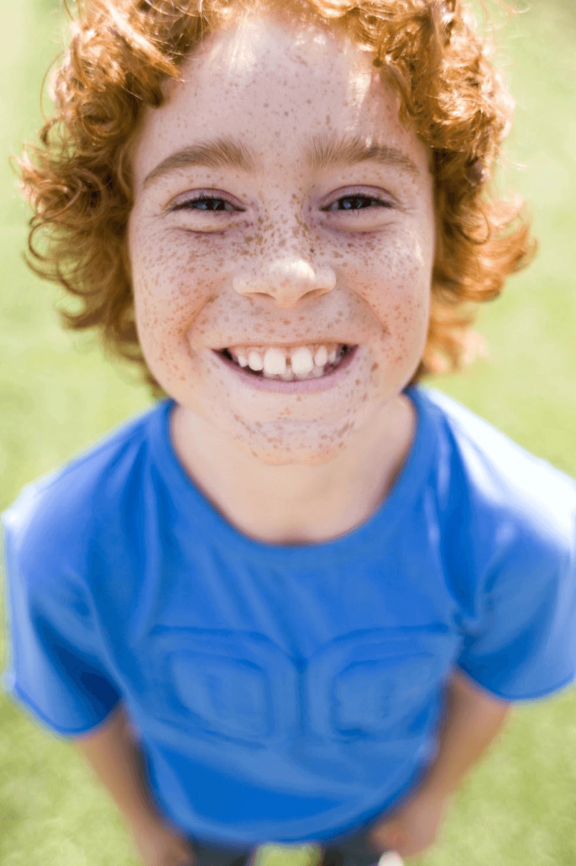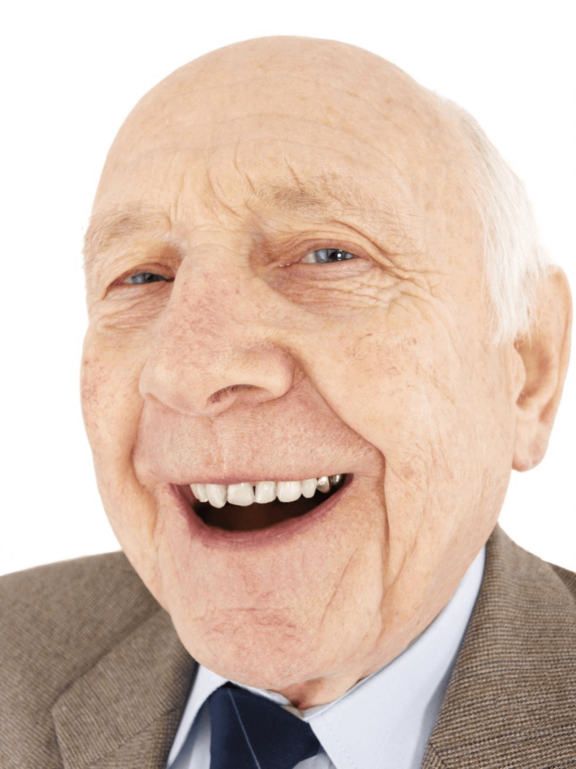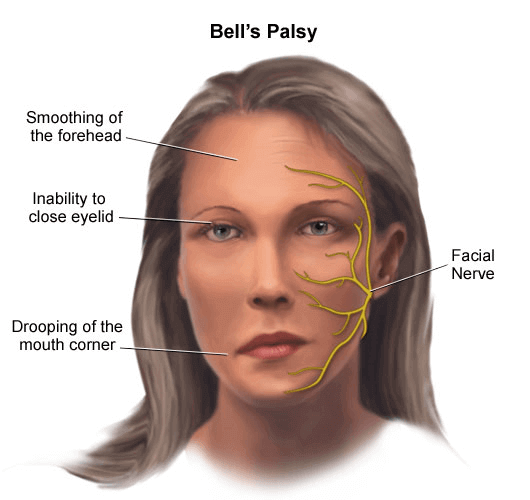Affected patients suffer greatly from reduced function or complete failure of the facial nerve, which results in severe functional and aesthetic impairments.
The facial nerve has the unique ability to be the only nerve that enables an individual to respond "emotionally" to his or her environment. Among many other forms of facial expression, smiling and laughing play a significant role in social interaction.
If the nerve function is impaired or no longer intact, this often results in a disfiguring "facial nerve paresis". This leads to an uncontrolled "derailment of the facial features". On a psychosocial level, this can lead to enormous difficulties in communication. Unfortunately, patients affected by this stigmatizing asymmetry often demonstrate definite signs of evasive behavior in addition to reduced self-esteem and a conscious restraint of emotions, because every facial expression leads to an increase in asymmetry. Often the affected half of the face is consciously or subconsciously averted from the other party or covered by the hand.
An irreversible paresis of the seventh cranial nerve is a severe blow for any sufferer. A study conducted by Aaron Kosins et al. at the Facial Palsy Clinic in Edinburgh, Scotland, showed that within a collective of 22954 patients with facial nerve palsy, over 50% had a considerable level of psychological stress and definite tendencies to withdraw from society as a consequence of the stigmatizing symptoms [1].
These range from asymmetry, synkinesis, lagophthalmos (physiological upward movement of the eyeballs visible with incomplete lid closure), epiphora (tearing) or dry eyes, to dysarthria (speech disorders), changes in taste, hyperacusis (pathologically increased acoustic hypersensitivity) and facial pain [1]. The range of variation of the appearance is can be attributed to by the complex course and the various fiber qualities of the facial nerve.
Schematic anatomy of the facial nerve (facial nerve) on the left side of the face. Typical symptoms of facial paresis are indicated in the right half of the face: drooping on the entire right side with loss of forehead muscle and eyebrow elevation, absent lid closure and inflammation of the connective tissue ("irritable conjunctivitis") of the eye, drooping corner of the mouth with involuntary loss of liquid food and blurred speech due to flaccid cheek tissue and asymmetry of the affected half of the face. In older patients, this is often accompanied by difficult nasal breathing and repeated injury of the inner cheek during the chewing process due to unintentional biting.
Source: Breuer S, The Nutrition Healer, Case Study: Bell’s Palsy. Malaga. thenutritionhealer.com/case-study-bells-palsy/, accessed on 08/28/2020.
This elderly patient impressively reports the typical symptoms of a lack of control of the corners of the mouth, lips and cheek: the loss of oral competence (also oral incontinence) causes great difficulties for affected patients in everyday life due to the lack of control of liquid foods. The symptoms could be corrected by a specific operation. You can find the result here.


